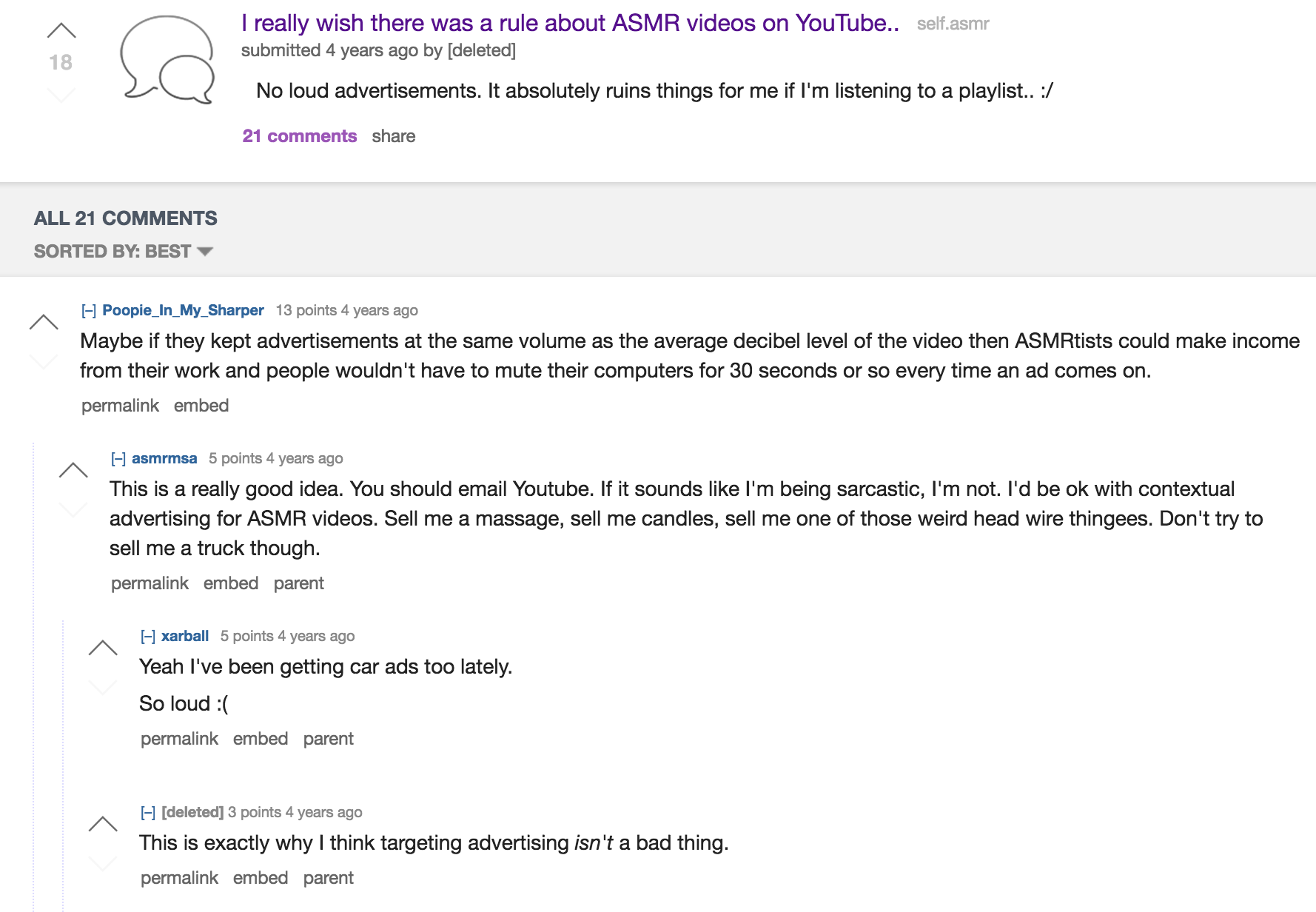


YouTube Ditching Unskippable Ads - Too Little, Too Late?
YouTube are finally getting rid of 30 second unskippable ads. But they've still got a long way to go before advertising on the platform is up to scratch.

You know the scenario where you’re trying to show your friend a YouTube video, and they’re not keen, but you know they’ll love it if they just give it ten seconds, so you entreat them to wait and see, and then your eager grin freezes in place as you’re confronted with –
The dreaded 30 second YouTube ad. Now your friend is not only uninterested in your video, but actively hostile to it. Whatever you’re trying to watch, nothing ruins the YouTube experience quite like unskippable ads.
So we can all breathe a sigh of relief now that YouTube have announced they’ll be ditching them as of 2018, in favour of “formats that work well for both users and advertisers.”
Will Smyth of the Agenda 21 agency noted that the 30 second ad-slot is a “legacy from TV times”. This is something even a casual YouTube user can intuit; 30 second YouTube ads are disruptive in a way that demonstrates an incompatibility with the medium.
It’s not just the length of the ads that was the problem, but the content, which often jarred with the videos the ads were couched between. For example, there’s a whole YouTube community dedicated to relaxation (or ASMR) videos, which presents a great opportunity to create soothing adverts for mattresses or chamomile tea. Instead, users are frustrated by loud adverts that ruin the vibe:

This Reddit thread is indicative of what users expect from their YouTube ad experience. The problem isn’t advertising itself – in fact, they welcome it, understanding that it supports content creation. They just want ads to be relevant.
The above discussion is from 2013, but the issue hasn’t improved much. In fact, it recently took on a dramatically sinister aspect. The Times found that ads for big brands such as Mercedes were appearing on YouTube terrorist propaganda videos – in all likelihood, inadvertently funding them thousands of pounds a month. YouTube’s apparent lack of control over where ad content appears leaves one of the biggest online media platforms open to this kind of exploitation. In this case, the need for targeted advertising is more than just a commercial concern.

There’s an irony here: although we tend to think of digital advertising as much more fine-tuned than its forebears in traditional media, broadcast TV is much better at appropriate advertising than YouTube.
While getting rid of the 30-second ad slot is a good move, Thomas Husson, an analyst at Forrester, believes it’s taken too long. “The decision comes a bit late. Google’s YouTube is increasingly under pressure from Facebook in the video space.”
This definitely reflects my own experience of the platforms. Facebook is incredibly sneaky at getting me to engage with video content on my newsfeed. The autoplay feature snags my attention despite myself – those infuriatingly hypnotizing Tasty videos are the biggest culprit – but the fact that the videos are muted unless I click on them means that they are never disruptive. Crucially, because video ads are formatted to look like other content, people are more likely to form their first impression before their instinctive bias against advertising kicks in – which makes a huge difference to receptiveness.
In short: on Facebook, I’m not forced to watch anything, so I end up watching a lot; YouTube shove unwanted ads in my face, so they get the adblocker treatment. They’d have to drastically change their approach to get me to engage with ads on their platform.
Relics from the pre-digital advertising world, like the 30 second ad slot or big ugly banners at the top of webpages, have been surprisingly tenacious in sticking around even while the media context has transformed around them. YouTube’s decision is symptomatic of a general trend whereby these relics are slowly getting winnowed out as users grow less tolerant of irrelevant and intrusive advertising – but, on the plus side for advertisers, more welcoming of relevant integrated content.
This is certainly a step in the right direction for YouTube. But I won’t be removing them from my adblocker any time soon. It will be interesting to see what ad formats arise to fill the space, and whether they’ll be enough to get a sceptic like me to unblock them.
Posted 3 March 2017